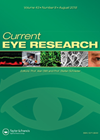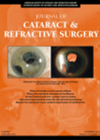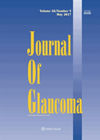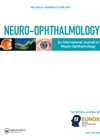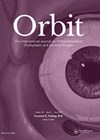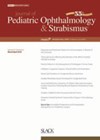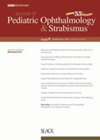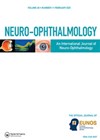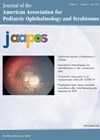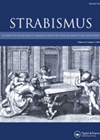You searched for "AMD"
Vital dyes in ophthalmology
This comprehensive review gives an excellent summary of the uses and properties of the different dyes available to aid better visualisation and diagnoses in ophthalmology. The authors clearly display the pharmacological properties, molecular details, osmolarity and indications in clinical ophthalmology...Liquid adhesive bandage for clear corneal cataract incisions
This paper reports a prospective randomised controlled trial of patients undergoing routine phacoemulsification with a 2.75mm clear corneal incision and followed up for 14 days postoperatively. They evaluated wound edge closure, surgically induced astigmatism and foreign body sensation after use...Arterial stiffness and PEX
1 April 2014
| Lorraine North
|
EYE - Glaucoma
The authors describe a study of 25 newly diagnosed patients with pseudoexfoliation glaucoma (PEX) and 25 controls to evaluate carotid femoral pulse wave velocity (CF-PWV) values. The CF-PWV was assessed using a noninvasive device by measuring the pulse transmit time...
Association between neuro-ophthalmology signs and chronic ataxia in children
1 October 2015
| Claire Howard
|
EYE - Neuro-ophthalmology
|
Chronic ataxia, neuro-ophthalmology, paediatrics
Neuro-ophthalmological signs (N-OS) occur commonly in children with chronic ataxia. This study describes the N-OS and their frequencies, in general and by specific disease aetiology in paediatric patients with chronic ataxia. In total, 184 patients under the age of 17...
Biopsy of nasolacrimal duct using sheath guided dacryoendoscopy
1 August 2019
| Rina Bhatt
|
EYE - Neuro-ophthalmology
|
Dacryoendoscopy, biopsy, immunohistochemistry, nasolacrimal duct obstruction, sheath-guided endoscopic probing (SEP)
In this study the author’s biopsied six eyes of five individuals with recurrent nasolacrimal duct obstruction following a prior dacryoendoscopic probing. All procedures were performed under local anaesthetic, the obstruction or lesion was directly visualised with dacryoendoscope and biopsy was...
OCT in microtropia
The aim of this study was to assess whether OCT could be useful in detecting and documenting fixation in children with microtropia. The study used spectral domain OCT (Cirrus) in 15 patients (10 female, five male) and 10 control eyes....Timed resolution of subperiosteal empyema
The purpose of this study was to examine the quantitative changes in subperiosteal empyema (SE) size over time and the time to complete radiographic resolution of this. This was a retrospective case review of 15 cases with orbital cellulitis and...Effects of idiopathic intracranial hypertension on the optic nerves
7 April 2021
| Claire Howard
|
EYE - Neuro-ophthalmology
|
Optic nerve, idiopathic intracranial hypertension, papilloedema
The authors review the latest evidence regarding how the optic nerves are affected by idiopathic intracranial hypertension (IIH), possible pathophysiology and methods of assessment. IIH is described as a clinical syndrome of raised intracranial pressure of unknown aetiology. A systematic...

